
A company is developing a platform to enable engineering of the first recombinant human polyclonal antibody therapies with the goal of creating a functional cure for hepatitis b (HBV).

A company is developing a platform to enable engineering of the first recombinant human polyclonal antibody therapies with the goal of creating a functional cure for hepatitis b (HBV).

Workplace exposure and living conditions were associated with higher COVID-19 risk, while previous infection, age 65 or older, and Black/African American race were correlated with lower COVID-19 rates.

The monoclonal antibody is indicated for the prevention of respiratory syncytial virus (RSV) in newborns, infants, and young children.
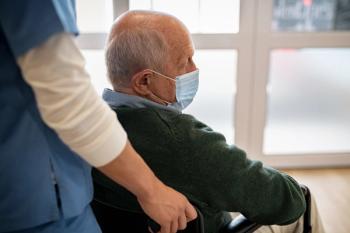
This study found a substantial increase in Alzheimer's-related deaths during the initial year of the pandemic due to limited access to healthcare, social isolation, and disrupted care routines. However, the second year brought positive developments with prevention strategies and vaccinations, leading to a substantial decline in excess deaths.

Hospital posits that testing for C diff in patients without symptoms inflates rate of hospital-acquired infection with cases of asymptomatic colonization.

A new study looks at vitamin D’s role in acting as a deterrent to the proliferation of C diff bacteria.

More symptoms, older age, and longer hospitalization time increased the risk of post-COVID-19 conditions (long COVID) in children.
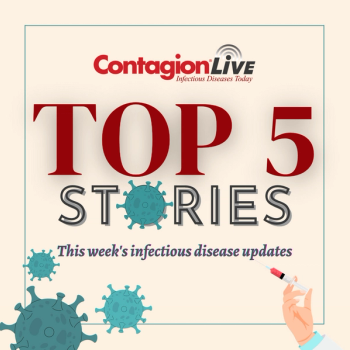
Which COVID-19 vaccine is associated with Guillain-Barré Syndrome? What's the newest C difficile therapy? Contagion's weekly infectious disease recap has you covered.

A congressional subcommittee aims at reducing HIV-related budget items by over half a billion dollars.

Lumen Bioscience's C diff therapy, LMN-201, combines four therapeutic proteins that act synergistically to neutralize both the C difficile bacterium and the toxin that causes its virulence directly in the patient’s gastrointestinal tract.
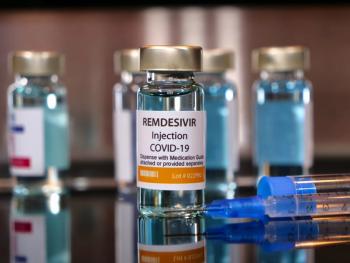
In a major breakthrough, Gilead’s remdesivir (Veklury) becomes the first COVID-19 antiviral to be FDA-approved for patients with severe renal disease.

Neuropilin-1 enables COVID-19 to enter human cardiomyocytes, accounting for increased proteases activity and apoptotic markers that lead to cell damage and apoptosis.
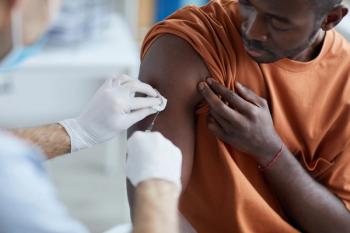
This study analyzed 81 communities in Los Angeles and found that once vaccines became widely available, there was no significant difference in COVID-19 incidence between communities of varying income levels.

Although there are certain specialties in medicine that seemed to benefit from this newer former of clinical visits, infectious disease and others did not.

A new study finds antimicrobial resistance (AMR) evolves rapidly in patients colonized by diverse P aeruginosa populations due to selection for preexisting resistant strains, demonstrating a clear link between within-host diversity and resistance.
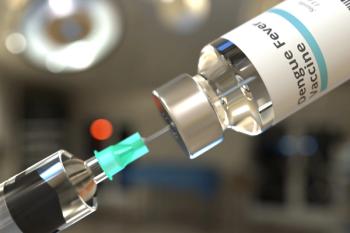
Find out why the FDA requested additional data and what this means for dengue prevention.

Though rare, Guillain-Barré syndrome can occur after vaccination. Did Pfizer-BioNTech, Moderna, or Janssen COVID-19 vaccination increase the risk of Guillain-Barré syndrome?

Here is a brief report of 5 cases of the use of fecal microbiota, live-jslm (Rebyota) in the management of recurrent Clostridioides difficile infection.

This examination of vaccine introductions worldwide reveals significant gaps in access, especially in low-income countries.

The Peggy Lillis Foundation (PLF) for C diff Education & Advocacy has been busy this year in Washington DC with an FDA event and their Summit and Advocacy Day with lawmakers.

Researchers investigated abatacept, cenicriviroc, and infliximab, but found that these medications did not significantly impact the time to recovery from COVID-19 pneumonia compared to placebo.

The vaccine candidate, M72/AS01E (M72), could potentially become the first new vaccine to help prevent pulmonary TB, a form of active TB, in more than 100 years.

These study findings highlight higher in-hospital mortality rates for patients with preventable conditions during COVID-19.

Although the literature and science may change, hanging onto beliefs about therapeutics is a tradition passed down from instructors to learners. A change in this paradigm may be warranted.

6 malaria cases were confirmed in Florida and 1 in Texas, with no connection to international travel.

This long-time, understudied virus, can fight bacterial infections and may be poised to become an important treatment option in western medicine.

The nationally-representative sample showed mortality was greater in males even after controlling for levels of misuse.
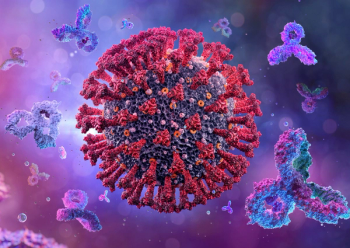
In a comprehensive economic evaluation, researchers assessed the cost-effectiveness of monoclonal antibodies as a preventive strategy for COVID-19.
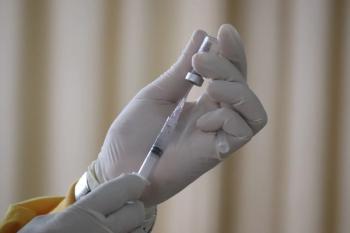
This rare side effect was witnessed in a small number of people post-vaccine administration.

Stay informed about the long-term effects of COVID-19, prevention strategies for recurrent C diff, and the emerging threat of drug-resistant Candida auris.